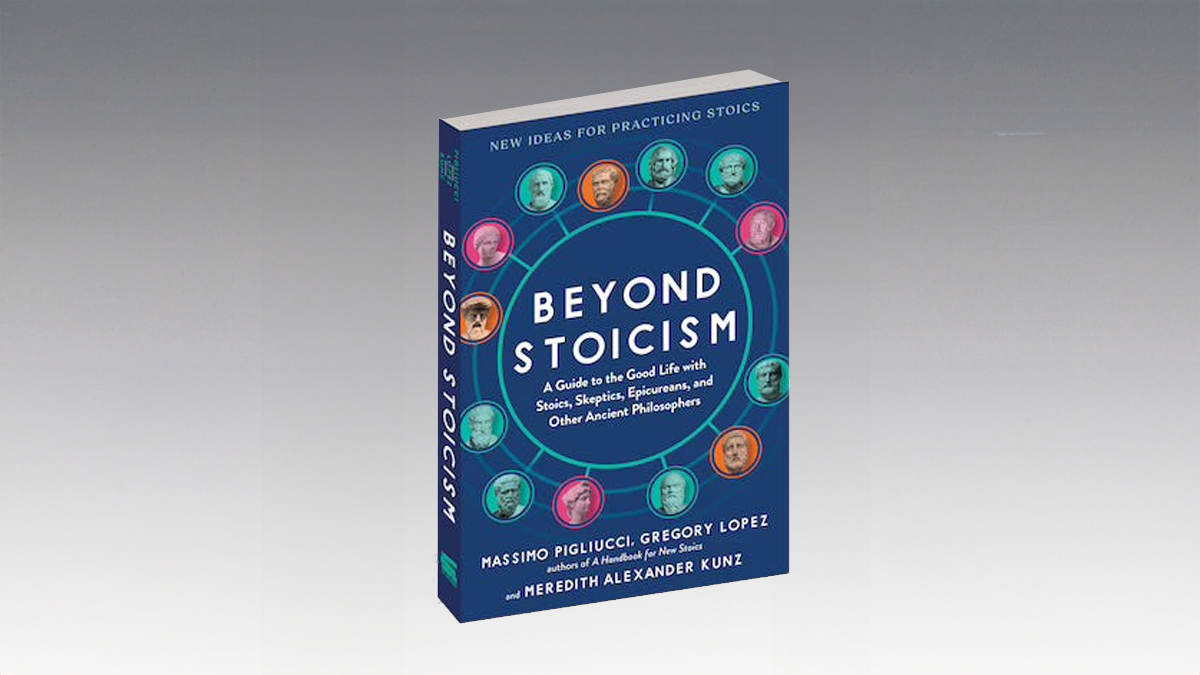Barry Bloom provides a visual presentation of the surge in American obesity. Though the ‘disease’ is communicated culturally, the Professor of Public Health at Harvard argues that it should still be considered the world’s next major medical epidemic.
Paul Hoffman: Barry, I know that we’ve been talking about infectious disease. Would you believe that there are other public health hazards that maybe claim more lives than what we’re talking about here?
Barry Bloom: The thinking that you hear about, that has been working out so beautifully with communicable diseases, I think, has much more general relevance just infectious diseases. And it gives me tremendous pleasure to show some slides that were put together by CDC [Centers for Disease Control] when Dr. Koplan was the director of CDC.
To try to convince you that the epidemic for example, of chronic disease of obesity, is not an epidemic of the press, but is much an epidemic in terms of transmissibility and across the globe as any communicable disease.
This is a map showing the body mass index, an index of weight over height. Anything over 30 is considered obese, anything over 25 is overweight.
This is the US 1985, 1988, 1991, 1994, 2000, 2001, 2002, 2003, 2004, 2005. If that doesn’t look like an epidemic, I don’t know what is, and it’s a very serious one.
If you say what are the consequences of this obesity epidemic, and how do we think about it in the same way we think about an infectious disease, how do we think about preventing it? We know that it’s a going to affect 20 million people in the US, 200 million worldwide. It’s costing us now 10% of the healthcare expenditures, some type 2 diabetes. It’s a major problem in this country and around the world. It leads to cardiovascular disease.
And I think it’s of interest that that is equally spread around the world, that it is not just a disease of rich countries. And so the tools of epidemiology have helped us follow the trends in disease and suggest to us the things that we must intervene in, or the cost of these diseases are going to be as great and greater than communicable diseases.
Paul Hoffman: Well Barry, we have vaccines that we can use to fight infectious diseases. Is there something in the wings that would work for this?
Barry Bloom: I’m very optimistic that there is a very exciting new development, one month old, in terms of the literature, there are three other studies that are similar.
We know that different heart diseases have dropped in the US since 1980, by at lest 50%, and deaths from stroke by 70%; 25% is that change in behavior, diet, and exercise. The majority of that is because we have medicines designed by scientists and the pharmaceutical industry that deal with the major risks involved. As you see here, cholesterol, blood pressure and platelet function.
How do you expect that to work in a poor country where we would give vaccines in and out quickly? And they have been combined into a single pill called the polypill; the first data in India have now appeared, and people just have to take one pill a day, that have a risk for heart disease, and what the results are quite spectacular, that the effects are about 62% prevention of all the symptoms that would lead to death from heart disease.
So this isn’t quite a vaccine but a one a day pill that we guess would cost maybe $30 a year, per patient, would save maybe million and a half lives in India and a million and a half in China. That’s as good as any vaccine that I know of.
Recorded on: July 14 2009.





